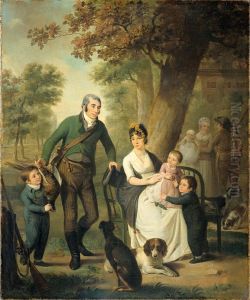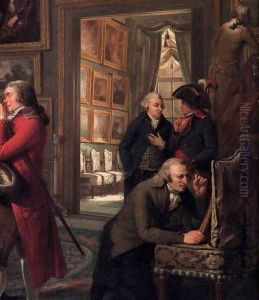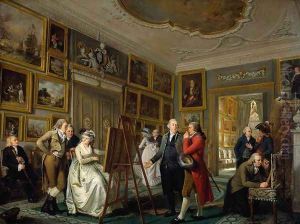Adriaan de Lelie Paintings
Adriaan de Lelie was a Dutch painter born on May 19, 1755, in Tilburg, Netherlands. He is primarily known for his fine portraiture and genre scenes that often captured the cultural and social life of Amsterdam during the late 18th and early 19th centuries. De Lelie trained under the portraitist Antoon van Peij, and later, he moved to Antwerp where he continued his studies at the Royal Academy of Fine Arts. His education was comprehensive, covering both history painting and portraiture, which later contributed to his versatile style.
De Lelie's career took a significant turn when he moved to Amsterdam in 1784. In Amsterdam, he became part of an artistic community and established himself as a portraitist for the city’s affluent citizens. His works from this period often depict scholars, artists, and collectors engaged in their pursuits, surrounded by the attributes of their professions or interests. One of his most notable works is 'The Art Gallery of Jan Gildemeester Jansz', which is an intricate depiction of a contemporary art collection and showcases De Lelie's skill in painting both figures and objects with great detail and realism.
Beyond portraiture, De Lelie also painted genre scenes, which were well-received for their lively representation of everyday life and their subtle social commentary. His genre paintings often included musicians, readers, and family gatherings, reflecting the customs and values of Dutch society at the time.
Despite his success, little is known about De Lelie's personal life, and most of what is understood about the artist comes from his extensive body of work. His paintings are characterized by their clear composition, attention to detail, and the use of light to highlight the subjects. De Lelie’s contribution to Dutch art is significant as he documented an important era in Amsterdam’s cultural history through his canvases.
Adriaan de Lelie passed away on November 30, 1820, in Amsterdam. Today, his paintings can be found in various museums and collections in the Netherlands, and they continue to be studied and appreciated for their historical value and artistic merit.
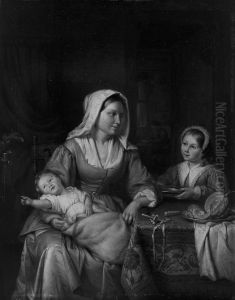
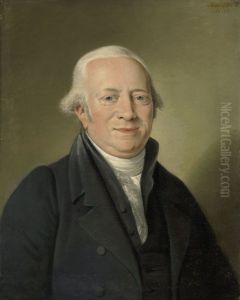
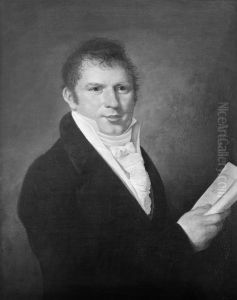

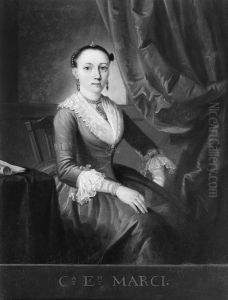


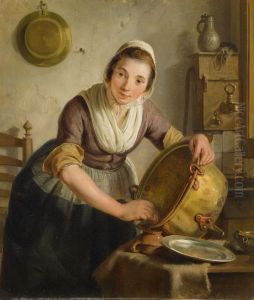
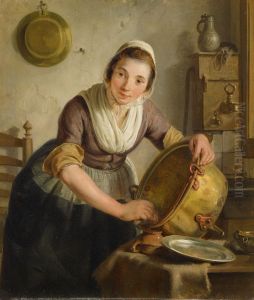
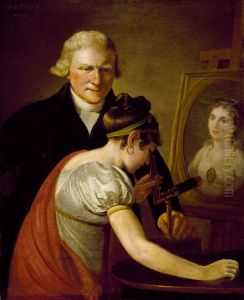
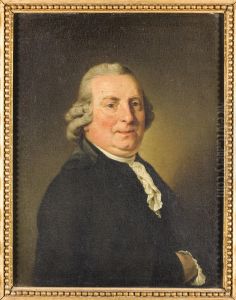
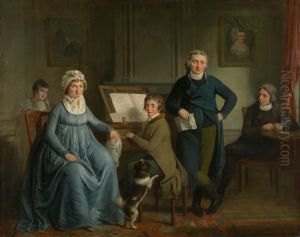
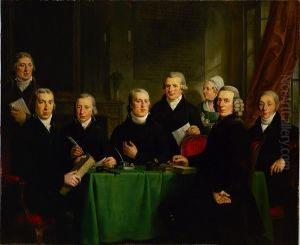
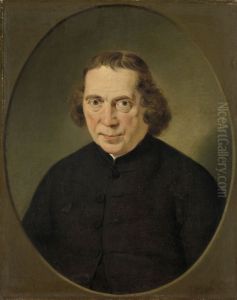

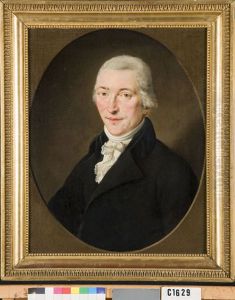
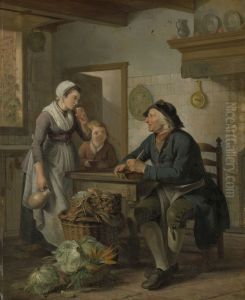
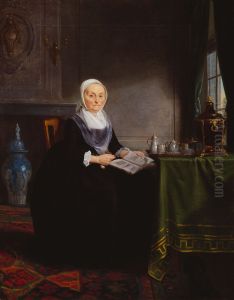
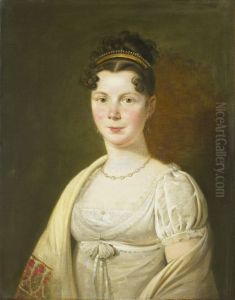
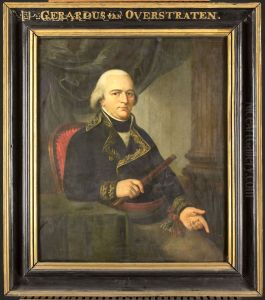
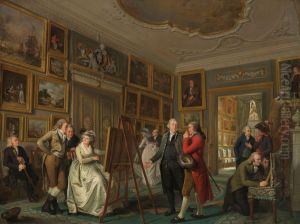
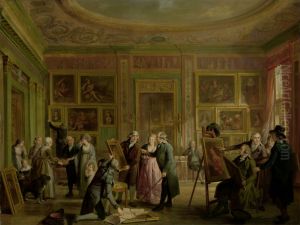
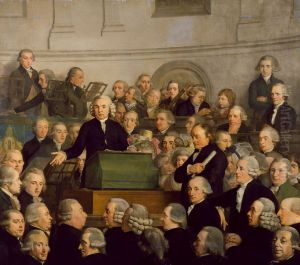
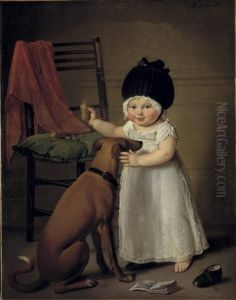
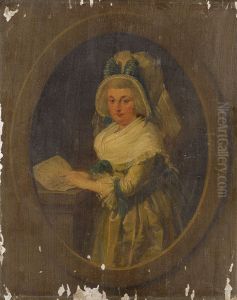
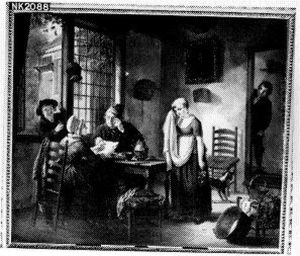
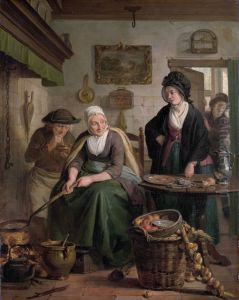
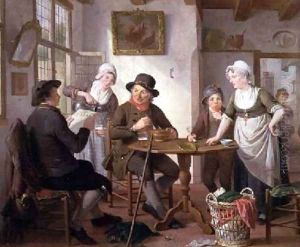
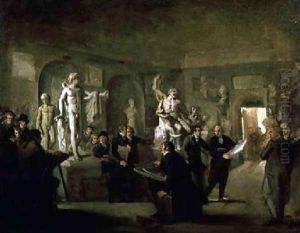
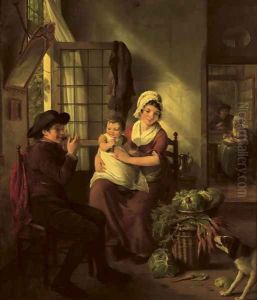
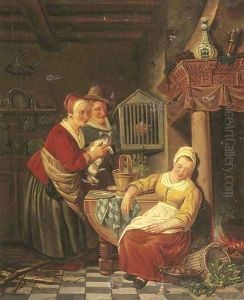
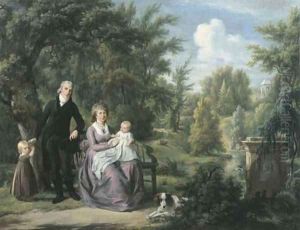
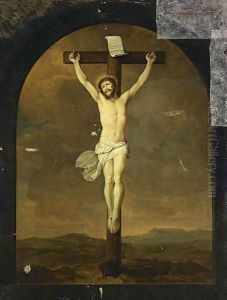
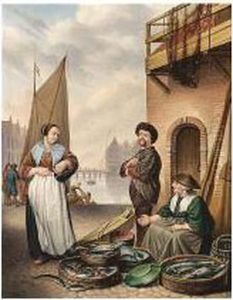
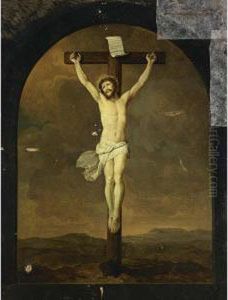
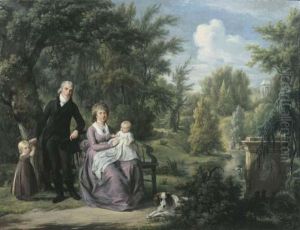
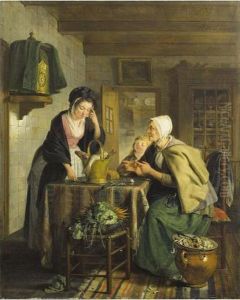
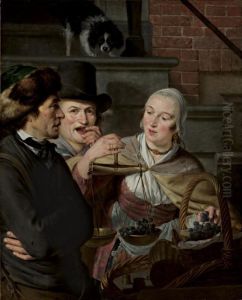
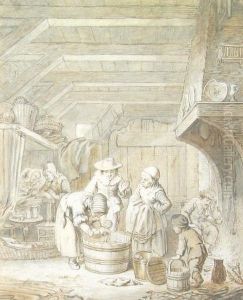
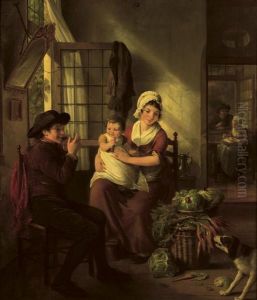
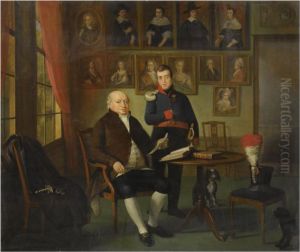

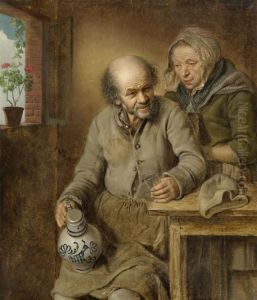
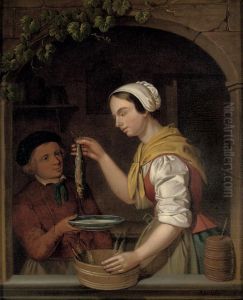
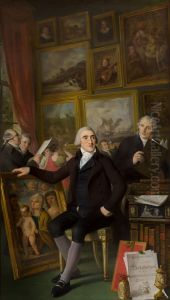
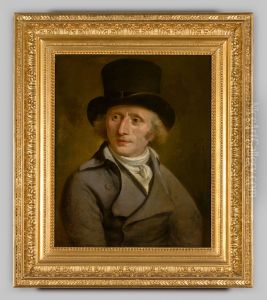
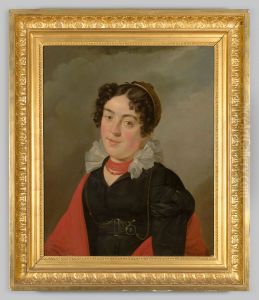
![[1]](https://www.niceartgallery.com/imgs/4612710/s/adriaan-de-lelie-1-e891c4bb.jpg)
